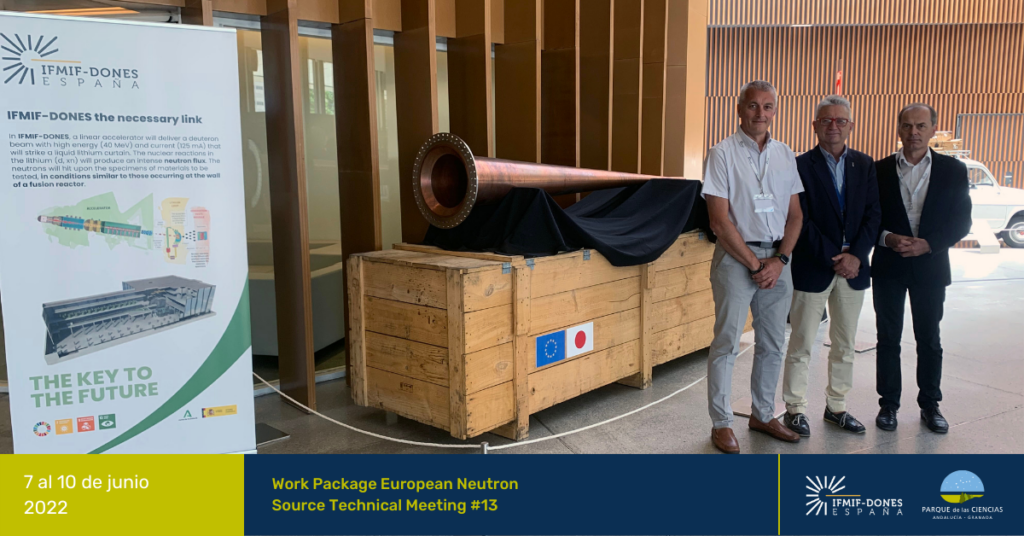The engineering team finalises the design of IFMIF-DONES in Granada

The engineering team currently working on IFMIF-DONES has held the Work Package European Neutron Source Technical Meeting #13 in Granada. The meeting was attended by scientists from 17 countries of the European Union, with the aim of coordinating the design activities that are being carried out for the development of the systems that make up the project.
The Science Park of Granada has collaborated in the organisation of this meeting, which has been attended by researchers of recognised international prestige, such as Ángel Ibarra, Director of IFMIF-DONES España, Philippe Cara, head of the IFMIF-DONES Accelerator and Director until a few weeks ago of IFMIF-EVEDA in Japan, and Nicolas Chauvin, a physicist from CEA Saclay (a French organisation similar to the Spanish Ciemat).
Also, in addition to the event, the Science Park Consortium and the IFMIF-DONES España Consortium have signed an agreement to promote and develop scientific activities, as well as educational and dissemination activities in Science and Technology. The agreement began with the exhibition of a copper cone from a particle accelerator, in which the particle beams are stopped and dissipated during the start-up phase of the accelerator.
Philippe Cara, coordinator of the engineering design of all the accelerator’s systems, highlighted the choice of Granada as the site for the project. It is a “good opportunity” for the development of the area, as has been proven in Japan, with the construction of a prototype linked to IFMIF-DONES in Rokkasho. ” It is not until the start that you see how transformative they are,” Cara said. The accelerator can make a significant impact on society, he continued: “It is important for future generations to get excited about a scientific project capable of generating partnerships with other countries.”
For his part, Nicolas Chauvin, on the challenge of getting the accelerator up and running, commented that “it is unique, a project that pushes the limits of current knowledge and that adds up to years of work in this journey to find a new source of energy”.
The construction of the facility is expected to begin in September this year, with the first office and auxiliary buildings, such as the administration building that will house the entire international team of technical engineers and scientists who will work on the project over the coming decades.

